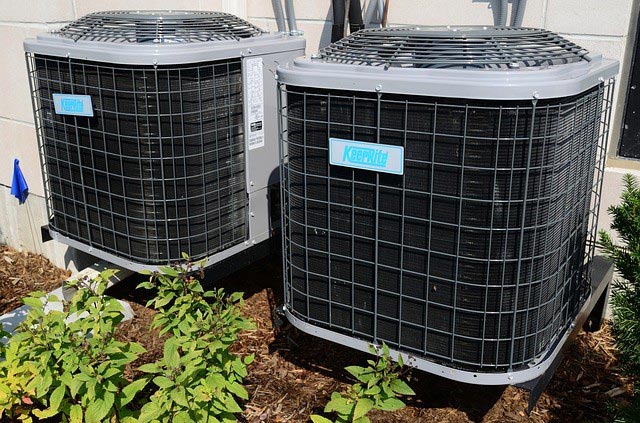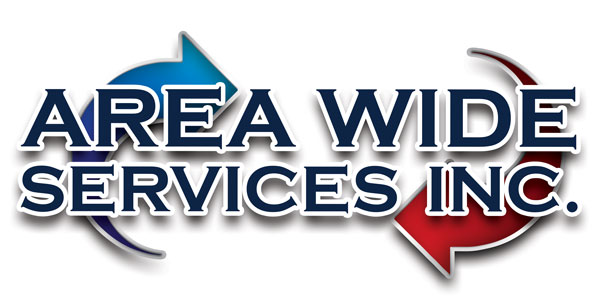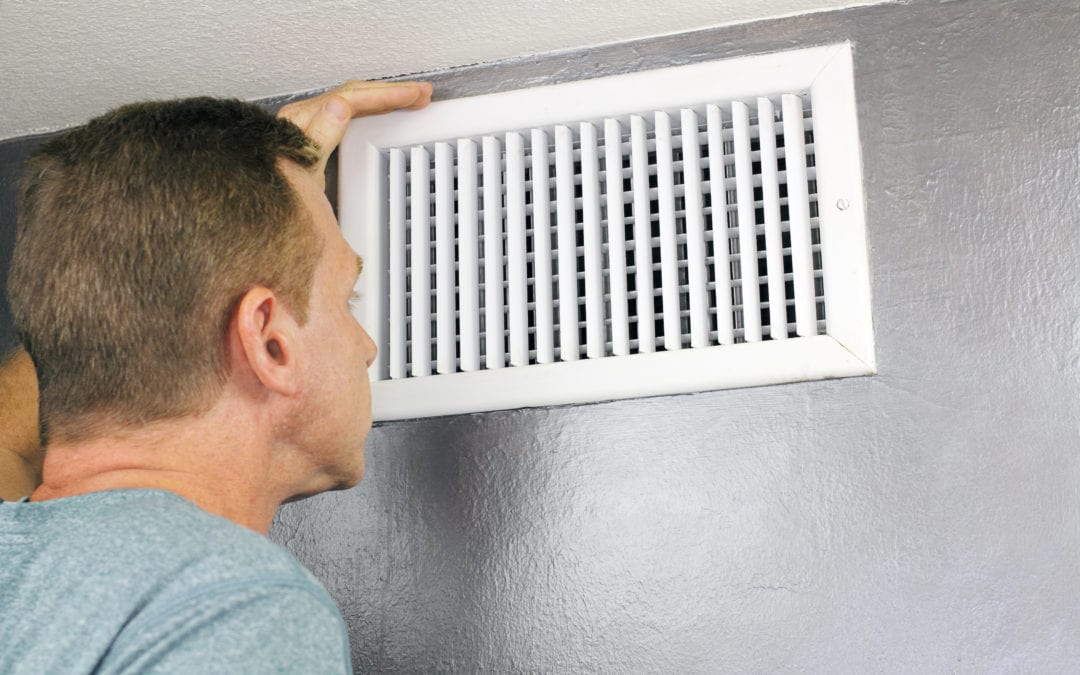Carbon monoxide is a silent killer, very much like radon. The former is produced by incomplete processing of solid, liquid, and/or gaseous fuels or appliances compared to the latter threat that arises from the soil due to the breakdown of uranium. When in smaller amounts and well-ventilated spaces, carbon monoxide is vented outside. But if the area isn’t airy, leakage or excessive exposure may be possible.
But the question is, how do you know if you have a carbon monoxide leak in your Corsicana home? Well, in this blog, professionals at Area Wide Services will answer that question for you. So without any further ado, let us get started on…
Carbon Monoxide Leakage
Carbon monoxide or CO is a colorless, odorless, and tasteless gas found wherever fuel may be burnt. This implies that automobiles, as well as certain household appliances (furnace, gas range, and grills), maybe the culprit of excessive CO production.

The gas can be released when fuels such as gas, propane, oil, charcoal, or wood may not burn entirely. Appliances fueled by liquefied petroleum (LP), kerosene, and natural gas also produce CO. In fact, running non-electric equipment such as your car or the land mower may add up to the CO levels in or around your DFW home.
This means that you may be exposed to at least one source of carbon monoxide emissions in your environment. Not paying attention can potentially create hazardous circumstances to cause CO leakage. Moreover, inadequate ventilation can also lead to an unsafe accumulation inside the property, causing CO poisoning.
CO Exposure and Sicknesses
You may ask, “Can carbon monoxide make everyone sick?” The answer is not that straightforward. It is not only a problem indoors but also contributes to outdoor pollution. So yes, it does affect you intensely if accumulated at dangerous levels indoors. When you’re breathing a lot of carbon monoxide, it prevents oxygen from reaching your organs. When the body does not get a proper amount of oxygen, vital organs start to malfunction. You can thus get very sick.
However, depending on how low or high the levels maybe, your sickness would vary. Prolonged exposure to high CO levels may affect your brain and heart. If your immune system is already compromised, the impact would be more severe.
Causes of Carbon Monoxide Leakage
CO exposure is a menace everywhere fuels burn. But before you understand the signs of exposure, it is essential to also be aware of the potential sources of a leak. Yes, any place where fuel is burning may be the first and more apparent source of leakage. But if it may not be a cause, you will have to thoroughly investigate and determine the cause. Some of the common sources may include the following:
·
- Fireplace
- Chimney
- Furnace
- Grill
- Water heater
- Gas-powered space heater
- Over/ stove
- Lawn equipment
- Power tools
- Attached garage
- Clothes dryer
Most homes in the US face the risk of high CO exposure due to these reasons. You may not necessarily have a chimney or a gas-powered heater – but if you do, be aware, and do the needful.
Signs of a Carbon Monoxide Leakage
Even though you may not smell, taste, or see the leakage, there are signs to look for that may result in a carbon monoxide leakage.
Ambient Signs of CO Leakage
1. Brownish-yellow stains or soot accumulation around any leaking appliance is the primary indicator.
2. Heavy condensation on the window panes near the appliances is another excellent indicator of CO leakage. But make sure you also check the humidifier is not set too high.
3. The air in your home may smell of something burning, stale, or stuffy.
4. You may see smoke or fumes in the house from your fireplace, chimney, or other fuel-burning appliances.
5. Fireplaces may see the sudden falling of soot.
6. If the solid fuel is burning slower than the usual fire, understand that there is a fault.
7. When exhaust gasses accompany CO, it may undoubtedly leave some odor in the house, and you can smell that.
8. Another visible sign of CO leakage is seeing a yellow burner flame in place of clear blue (not applicable to natural gas appliances that produce an intentional yellow flame for aesthetic purposes).
Health-Related Symptoms
Carbon monoxide leakage can be especially harmful to people who sleep in those areas or are intoxicated over a prolonged period. There may be irreversible damage even before you realize a problem exists. In addition to the noticeable signs mentioned above, early warning health-related symptoms may include:
- Persistent weakness
- Tightness in the forehead
- Dull headache
- Constant dizziness
- Shortness of the breath
Continued exposure and when safe CO levels exceed in your property, may cause the following:
- Pounding of the heart
- Blurry vision
- Chest pain
- Redness in the eyes
- Vomiting or nausea
- Loss of consciousness
- Mental changes
- Confusions
- Other cardiac complications
- Face becomes red and feels warm
You may not necessarily feel any of these symptoms and simply pass out due to higher gas concentrations in your environment. Constant exposure displaces oxygen levels in your body’s red blood cells and results in restricting its normal delivery. Since the gas is hard to detect, it can also lead to tissue damage, permanent brain damage, or even death in severe cases.
Reduce the Risk of Carbon Monoxide Poisoning – Seek Professional Assistance
To fight against carbon monoxide leakage, the first defense line is to inspect and fix your heating system regularly. Do not forget to check and mitigate the risks associated with chimneys, gas appliances, and vents and service these regularly.
Installing state-of-the-art carbon monoxide detectors or alarms are the second line of approach. It will ensure that you are aware of the CO levels in your house and do the needful if the levels rise. Safe CO levels indoors must be around 70ppm, and anything above this may be risky for your health.
Keep the house well-ventilated must go without saying – it solves high CO level problems and the accumulation of any other hazardous gasses and stuff.
For any further assistance on keeping the appliances safe and repaired, call the Area Wide Services Inc. professionals. We are available on call at (903) 874-5298, and you can also write to us, and we will get back to you ASAP. Also, please visit our blog to gain additional input on caring for and maintaining your appliances.

